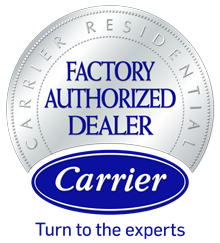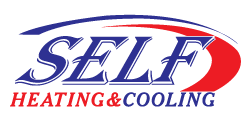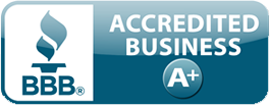Air Purifiers
A quality, portable air purifier is one of the most effective ways to improve the health of your house. Shopping for one can be a daunting task. Because air purifiers are not all created equal, you need to know what to look for and what to avoid. Two things to consider are your budget and the size of your space. Most brands will clearly reveal the amount of square footage they effectively clean. With a little knowledge, you’ll be breathing a whole lot easier.
Look for a multistage filtration process. Air cleaning devices use a combination of several types of cleaning methods which can include:
- A Pre-filter
- Activated carbon / zeolite
- A HEPA filter / HyperHEPA® / Nano Coil
- Electrostatic filtration
- Negative ion generation
- Ozone
- Ultraviolet light
TIP #1: The Prefilter
A prefilter is essential to trap large particles such as dust, hair and pet dander. Be sure your unit has a prefilter and that you change per the manufacturers recommendations; usually once or twice a year.
TIP #2: Activated Carbon / Zeolite
Activated carbon is important because this part of the filtration process actually adsorbs toxic gas molecules like cigarette smoke, gases, odors, mildew and volatile organic compounds like formaldehyde and pesticides. It works by adsorption, not to be confused with absorption. “Adsorption” occurs when materials attach through a chemical reaction, ultimately, catching smaller dust particles than a HEPA filter. Zeolite is a natural mineral that can be added to absorb certain gas molecules including formaldehyde, ammonia and carbon monoxide.
TIP #3: HEPA / HyperHEPA® / Nano Coil Filtration
High-efficiency particulate air (HEPA) filters are 99.97 percent efficient in removing particles 0.3 microns in size or greater (ie: dust, pollen, mold spores). Look for a non-petrochemical, true medical grade HEPA filter. HEPA filters are paper-like filters made of randomly positioned fibers that create narrow passages with many twists and turns. As the air passes through, particles are trapped, clogging holes and making the grid smaller, which enables the filter to be even more efficient with ongoing use. The IQAir uses something unique called a HyperHEPA® to filter harmful ultrafine pollution particles down to 0.003 microns in size.
Nano Coil Technology removes 99% of airborne contaminants, reduces bacteria and kills cold and flu viruses. It’s five times better than HEPA in clearing the air of pet hair, fur, dander, dust and mold. This technology cleans microscopic particles down to 0.05 microns.
TIP #4: UV-C Light
An ultraviolet C lamp emits short-wave ultraviolet light that kills airborne microorganisms captured on the HEPA media surface. UV-C light is the same technology used by hospitals for sanitization, killing 99.9% of germs, which can cause colds or flu.
TIP #5: Avoid Ozone Producing Filtration
Electrostatic precipitators remove pollutant particles by charging them as they pass through and collect them on an oppositely charged metal plate or filter; producing some ozone as a byproduct. Even small amounts of ozone, a lung irritant, are not recommended.
The negative ion generator is a unit that changes the electrical charge of its surroundings. It attracts particles and dust, which then drop out of the air onto the floor near the unit. The dust or pollen is taken out of the air, but these particles are then stuck to the wall or items in the room that the air purifier is cleaning. The particles can easily become loose and circulate the air again. Some negative ion generators also emit potentially harmful levels of ozone as a byproduct and should be avoided.
Ozone generators release ozone (O3), a toxic gas, into the air and produce relatively large amounts of this gas by design. While ozone in the upper atmosphere protects us from the sun’s ultraviolet rays, ground-level ozone (smog) is an irritant that can worsen asthma and compromise your ability to fight respiratory infections. It is not a very stable molecule; it reacts readily with other chemicals that may be in the air, forming new compounds that can be more dangerous than the ozone itself. These purifiers should be avoided completely.
Choosing the right air purifier for your home doesn’t have to take your breath away. By following these 5 simple steps, you’ll be breathing a sigh of relief (and cleaner air) in no time. If you'd like to learn more about air purifications, cal Self Heating & Cooling at 678-909-6377 to schedule a free in home estimate.










